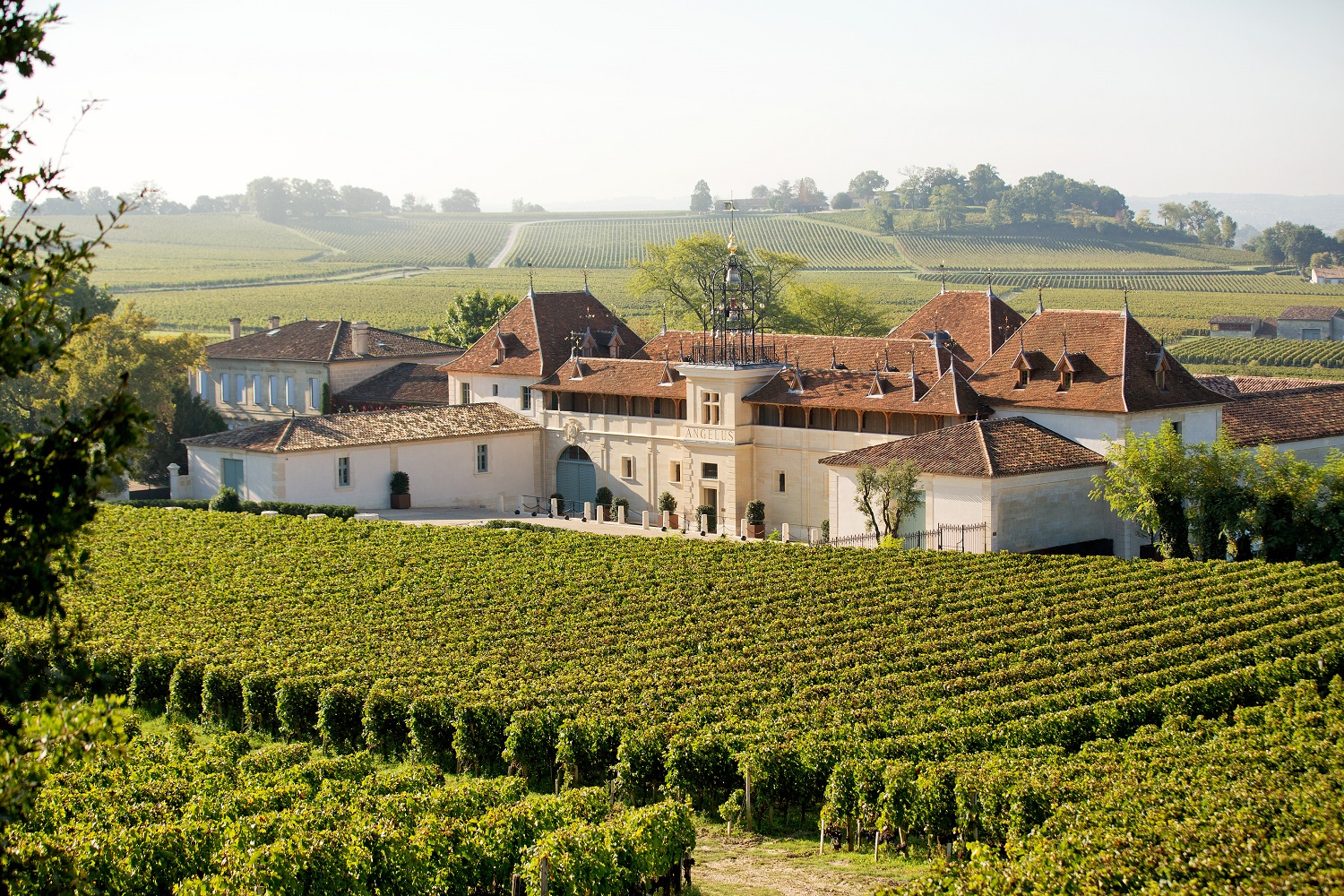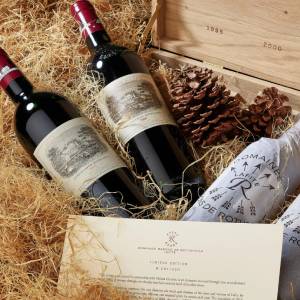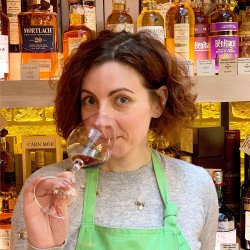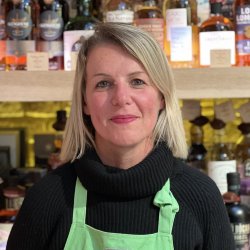Guide to the Best Bordeaux Vintages

“In very general terms, a good vintage (for either red or white wines) will allow the full complexity of the variety/terroir to speak” – Nick Jackson MW
In this guide, the team at Hedonism Wines explore some of the top vintages for Bordeaux, as well as the role that critics’ scores have to play and the differences between Right and Left Bank wines. To discover more about the world of Bordeaux wines, peruse our Bordeaux 101 Guide or hear from the producers themselves in our interview with Christian and Edouard Moueix.
What is a vintage year?
The Oxford Companion to Wine defines a ‘vintage year’ as ‘the year in which a wine was produced and the characteristics of that year. Most, but not all of its characteristics result from particular weather conditions experienced.'
What is the best vintage for Bordeaux wines?
The question needs a little unpacking: although we can speak generally about a particular vintage in Bordeaux, on a more detailed level, the vintage quality and conditions can vary considerably depending on factors such as grape variety (white and red), as well as the particular location in Bordeaux, namely:
‘Left Bank’ – vineyards to the west of the River Garonne and Gironde, which includes the districts of Médoc, Pessac-Leognan and Sauternes.
‘Entre-Deux-Mers’ – (lit. ‘Between two seas’), the majority of the vineyards between the two rivers.
‘Right Bank’ – vineyards to the east of the River Dordogne and Gironde, including Saint-Émilion and Pomerol.

What are critics’ points scores?
As we explore in our article on the En Primeur system, a Bordeaux vintage is often assessed in its infancy, when wine critics and journalists descend on Bordeaux in the spring (April) of each year to taste the latest vintage from the barrel - from which reviews and point scores are made.
Wines can also be assessed in their maturity, which is often considered a more reliable way of assessing quality. Moreover, the quality of a vintage is continually reassessed as it is in part determined by the wine’s ability to age and evolve over time. It is also worth bearing in mind that the assessment of a vintage is open to subjectivity and therefore difference of opinion.
Key examples of critics’ scores include Robert Parker’s Wine Advocate, Jancis Robinson MW, Antonio Galloni, The Wine Advocate, James Suckling MW, Jane Anson and Neal Martin to name but a few. These scores and reviews can help determine the quality of that particular vintage and the ageability of the wines. Traditionally scores are marked out of 100, although this can differ according to the critic, with some marking out of 20 for example.
What is a Vintage Chart?
A vintage chart is a visual way of mapping out a region and its vintages in a grid to show the quality ratings for each year. These charts may also include guidance as to whether to drink or age the wines further, with categories such as ‘Drink now’, ‘Drink or keep’, ‘Keep’ and ‘To lay down’. Key examples include the yearly chart produced by The International Wine & Food Society or the Robert Parker Wine Advocate Vintage Chart.

The best Bordeaux vintages
Despite being a notoriously difficult question to answer (given that there can be so much variation between individual producers and properties), certain years are widely considered ‘excellent vintages’ on a regional level. This can be due to the particular weather conditions that year, rainfall, the quality of the harvest, grape ripeness, lack of pests or a combination of factors.
As a general rule of thumb, ‘good’ years in Bordeaux are usually ones with ample sunshine and average or higher temperatures leading to a normal/early harvest date. In contrast, cool/wet years can lead to the onset of disease and rot and produce underripe grapes. The increasingly high temperatures being seen as a result of climate change are also having an impact on vintage quality.
Below we explore some of the key Bordeaux vintages from the past few decades:
As a general rule of thumb, for Red Bordeaux, good vintages see
- Good but not excessive grape ripeness.
- Steady, consistent weather during the growing season allowing for the gradual ripening of flavour compounds, resulting in complex wines.
2018 - A powerful vintage with highly structured tannins and elevated levels of alcohol. Bottle age will see the integration of these tannins.
2016 – Widely considered an outstanding vintage across the region. Balanced, complex wines with medium alcohol.
2015 – A juicy, fruity vintage with a dominance of red fruit notes. Successful year for Right Bank wines with Merlot reaching good levels of ripeness.
2010 – An ideal vintage. Beautiful ripeness, purity of fruit and balanced wines. A vintage with a long life ahead of it.
2009 – A very ripe and opulent vintage, with lower levels of acidity and warming levels of alcohol.
2005 – A truly age-worthy vintage with powerful levels of tannin balanced by sufficient fruit. Left Bank wines are continuing to develop and mellow, whilst Right Bank wines are showing pure hedonistic elegance and balance.
2000 – Lovely fruit expression and very approachable for drinking now. Superior wines to be found on the Left Bank.
1996 – An outstanding vintage for Left Bank wines. Drinking well today.
1990 – A warm vintage giving fruit-driven wines that are now reaching full maturity.
1989 – A superb vintage across the board.
1982 – Considered a benchmark year, giving complex wines with beautiful fruit. Drinking well now.

White Bordeaux (sweet and dry)
As a general rule of thumb, good vintages for White Bordeaux, look for steady, consistent weather during the growing season allowing for the gradual ripening of flavour compounds and giving complex wines. For sweet whites (Sauternes, Barsac) the right conditions for the development of botrytis (noble rot) giving concentrated, complex wines balanced by acidity.
2005 – A good year for sweet whites. Described by Jane Anson as ‘One of the greatest vintages of the past 5 years with near-perfect weather conditions across the region’. High quality dry whites from Pessac-Léognan.
2003 – A good year for decadently rich sweet whites. This was a heatwave year that resulted in early picking.
2001 – An excellent year for sweet whites, which has seen many 100-point scores. An elegant and aromatic vintage, and in the words of Jane Anson ‘Particularly impressive for Sauternes and Barsac, with Château d'Yquem legendary’.
1996 – An excellent albeit difficult vintage with some rain falling in August and during harvest. A successful year for Sauternes.
1995 – A very good vintage that saw a hot summer.
1989 – An exceptional year, which saw a hot dry summer lead to an early harvest.
1988 – An excellent year for sweet whites.
Feeling thirsty? Discover the full range of Bordeaux wines we stock at Hedonism Wines.






















